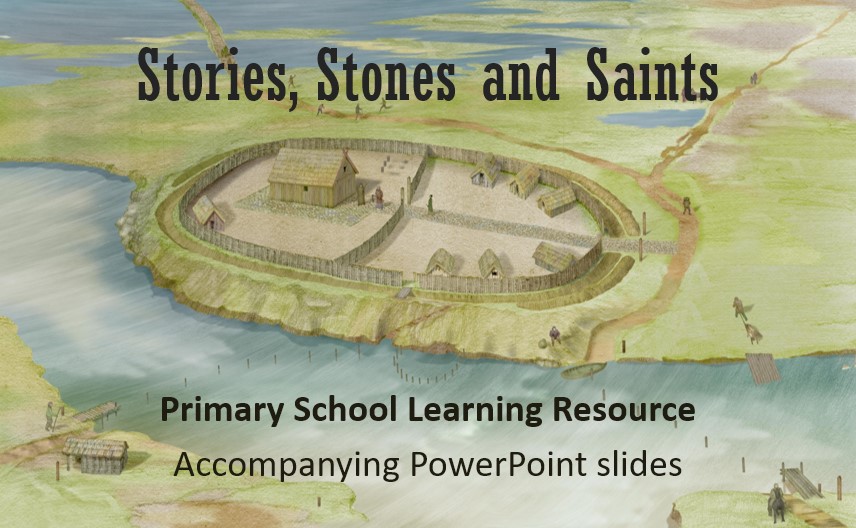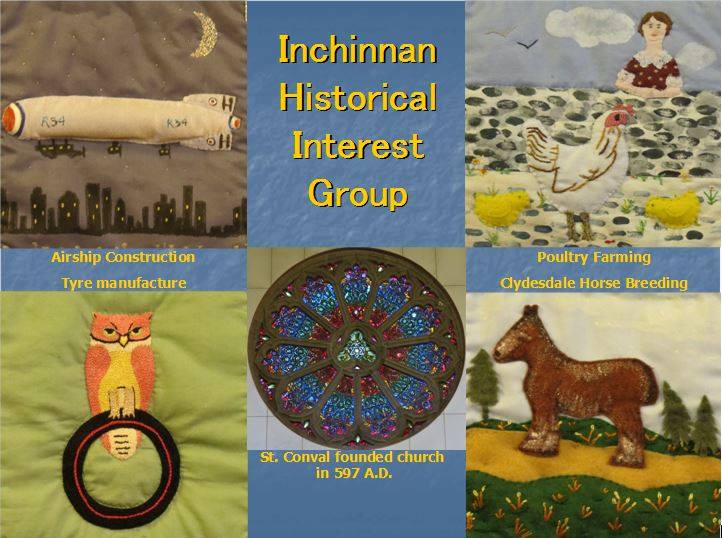Stories, Stones & Saints: Powerpoint Presentation
Web preview of original presentation
To view the speaker notes in the embedded presentation below click the gear icon and then “Open speaker notes”. You do not require any additional software to use this embedded presentation/resource.
Downloads
Below are links to the original PowerPoint presentation with higher resolution images and a PDF of the presentation with presenter notes.
Excerpts
Archaeology
Archaeology is the study of humans in the past, looking at what they have left behind. It is not digging up dinosaurs nor usually involving great adventures like Indiana Jones or Tomb Raider. Archaeological excavation is a very slow process and you need a lot of patience.
When the Romans came to Scotland, the land was occupied by several different groups of people or tribes. A Roman writer called Ptolemy called the people who lived in the north of Briton the ‘Caledonians’ . They included several different tribes. The tribe that lived in the area which later becomes Renfrewshire, were called the ‘Damnonii’ . They lived in large roundhouses with thatched roofs, often surrounded by a palisade or fence for protection.
Early Medieval
After the Romans left Britain in the 5th century, the native peoples of south west Scotland were known as ‘Britons’. They are probably the same people who were called the ‘Damnonii’.
The Britons were part of a group of people whose language and culture stretched through south-west Scotland, Cumbria, Wales and even as far as Devon and Cornwall. They spoke a language called ‘Cumbric’ which is similar to modern-day Welsh.
The Kingdom was based at Dumbarton Rock, on the north side of the Clyde, which was known as ‘Alt Clut’ (Rock of the Clyde). The name ‘Dumbarton’ comes from the Gaelic Dun Breatainn, which means ‘fort of the Britons’.
Late Medieval
The first stone church was possibly built in the 12th century, replacing an earlier one of wood. The medieval church was rectangular in shape with a door in the west end of the south wall, facing the river. The door might have had a small porch. The altar inside would have been at the east end.
There may have been windows with stained glass. The glass was imported from abroad and was valuable. When the church was repaired and new windows put in the old glass would have been saved and recycled.
Modern
The church built in 1828 proved too small for the congregation, so in 1904 a new church was completed, also paid for by the Campbells of Blythswood. The 1828 tower was demolished and the main body of the church was extended.
The Blythswood Mausoleum is among the trees on the right hand side.
When Glasgow Airport was expanded in the 1960s, the church was demolished, so that it would not to interfere with planes taking off and landing.
Download Stories, stones and Saints

